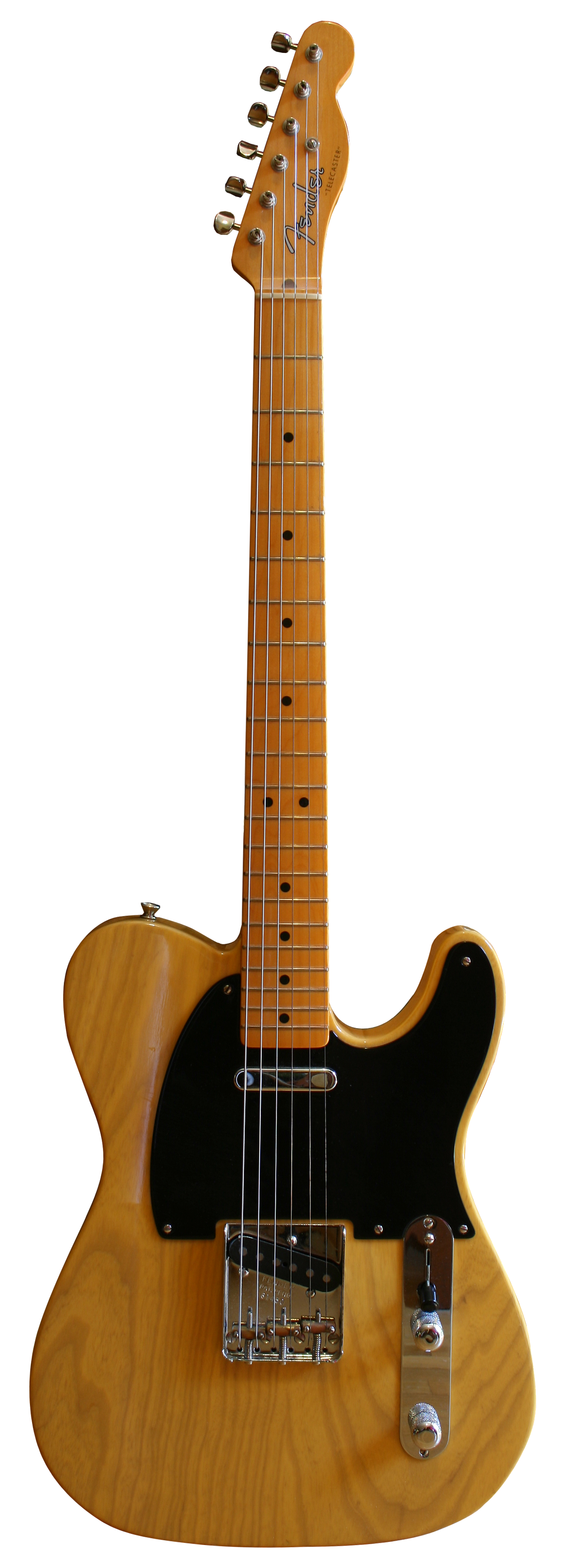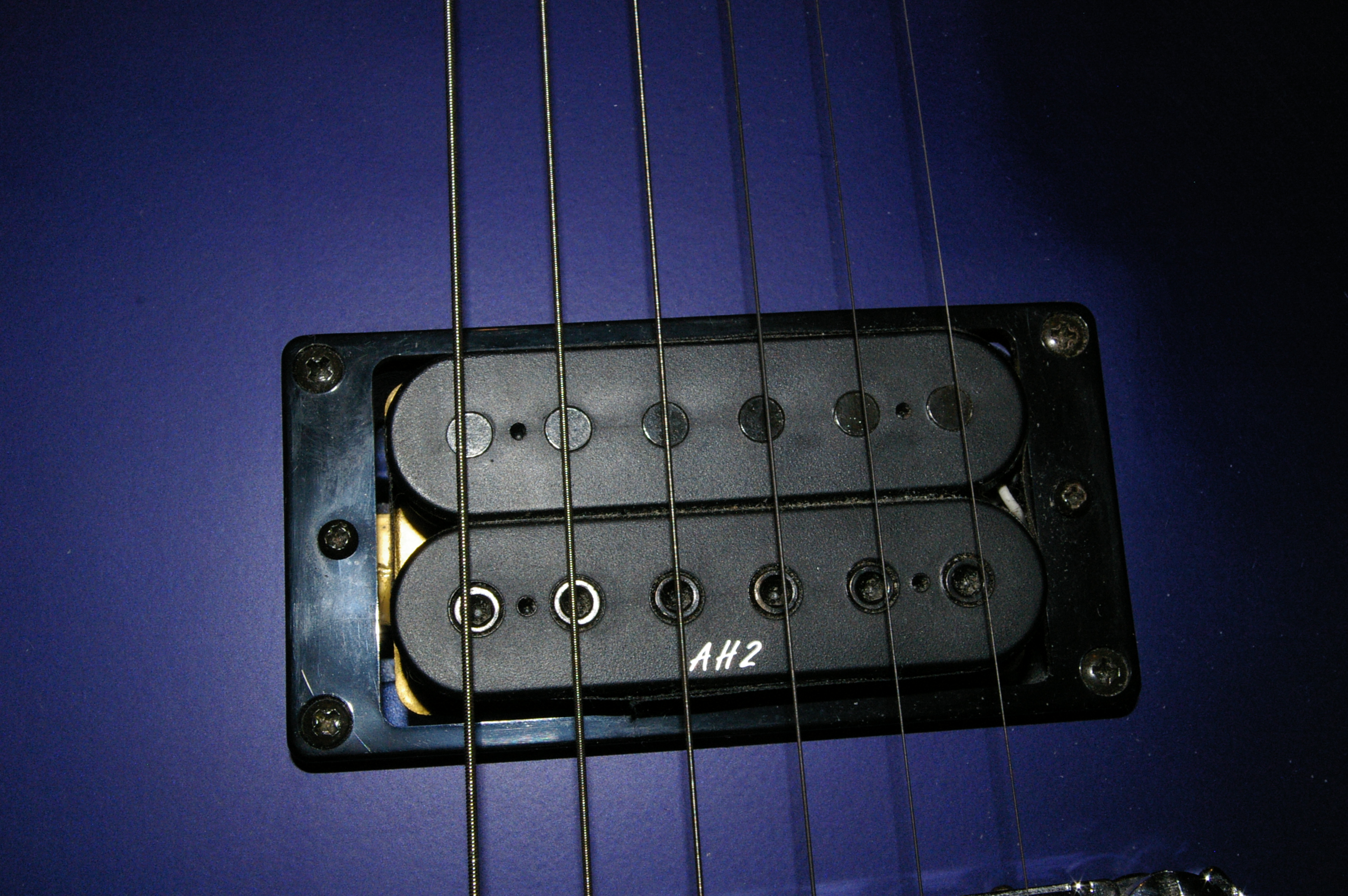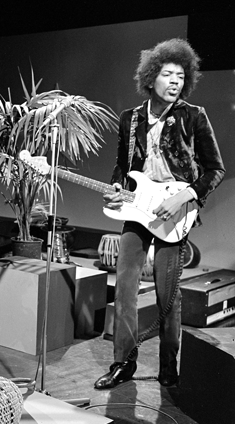|
Single-coil
A single-coil pickup is a type of magnetic transducer, or guitar pickup, pickup, for the electric guitar and the bass guitar, electric bass. It electromagnetically converts the vibration of the strings to an electric signal. Single-coil pickups are one of the two most popular designs, along with dual-coil or "humbucker, humbucking" pickups. History Beauchamp In the mid-1920s George Beauchamp, a Los Angeles, California, guitarist, began experimentation with electric amplification of the guitar. Originally using a phonograph pickup assembly, Beauchamp began testing many different combinations of coils and magnets trying to create the first electromagnetic guitar pickup. His earliest coils were wound using a motor from a washing machine. Later he switched to a sewing machine motor, and eventually used single-coiled magnets. Beauchamp was backed in his efforts by Adolph Rickenbacker, an engineer and wealthy owner of a successful tool and die business. Beauchamp eventually pr ... [...More Info...] [...Related Items...] OR: [Wikipedia] [Google] [Baidu] |
Fender Telecaster
The Fender Telecaster, colloquially known as the Tele (), is an electric guitar produced by Fender (company), Fender. Together with its sister model the Fender Esquire, Esquire, it was the world's first mass-produced, commercially successfulLes Paul had built a prototype solid-body electric guitar known as "The Log" in the 1940s, but could not market his invention. Gibson produced the Gibson Les Paul guitar in 1952 after bringing on Paul to help design a commercial model to compete with Fender. Likewise, Paul Bigsby and Merle Travis designed and built a solid-body electric in 1948, but this was a one-off guitar. solid-body electric guitar. Its simple yet effective design and revolutionary sound broke ground and set trends in electric guitar manufacturing and popular music. Many prominent Rock music, rock musicians have been associated with the Telecaster for use in studio recording and Concert, live performances, most notably Bruce Springsteen, Prince (musician), Prince, and Kei ... [...More Info...] [...Related Items...] OR: [Wikipedia] [Google] [Baidu] |
Humbucker
A humbucker, humbucking pickup, or double coil, is a guitar pickup that uses two wire coils to cancel out noisy interference from Single coil guitar pickup, coil pickups. Humbucking coils are also used in Microphone, dynamic microphones to cancel electromagnetic hum. Humbuckers are one of two main types of guitar pickups. The other is called a single coil. History The "humbucking coil" was invented in 1934 by Electro-Voice, an American professional audio company based in South Bend, Indiana, that Al Kahn and Lou Burroughs incorporated in 1930 for the purpose of manufacturing portable public address equipment, including microphones and loudspeakers. A twin coiled guitar pickup invented by Arnold Lesti in 1935 is arranged as a humbucker, and the patent USRE20070 describes the noise cancellation and current summation principles of such a design. This "Electric Translating Device" employed the solenoid windings of the pickup to magnetize the steel strings by means of switching o ... [...More Info...] [...Related Items...] OR: [Wikipedia] [Google] [Baidu] |
Guitar Pickup
A pickup is an electronic device that converts energy from one form to another that captures or senses mechanical vibrations produced by musical instruments, particularly stringed instruments such as the electric guitar, and converts these to an electrical signal that is amplified using an instrument amplifier to produce musical sounds through a loudspeaker in a speaker enclosure. The signal from a pickup can also be recorded directly. The first electrical string instrument with pickups, the " Frying Pan" slide guitar, was created by George Beauchamp and Adolph Rickenbacker around 1931. Most electric guitars and electric basses use magnetic pickups. Acoustic guitars, upright basses and fiddles often use a piezo electric pickup. Magnetic pickups A typical magnetic pickup is a transducer (specifically a variable reluctance sensor) that consists of one or more permanent magnets (usually alnico or ferrite) wrapped with a coil of several thousand turns of fine enamel ... [...More Info...] [...Related Items...] OR: [Wikipedia] [Google] [Baidu] |
Electric Guitar
An electric guitar is a guitar that requires external electric Guitar amplifier, sound amplification in order to be heard at typical performance volumes, unlike a standard acoustic guitar. It uses one or more pickup (music technology), pickups to convert the vibration of its strings into Electrical signal, electrical signals, which ultimately are reproduced as sound by loudspeakers. The sound is sometimes shaped or electronically altered to achieve different timbres or tonal qualities via amplifier settings or knobs on the guitar. Often, this is done through the use of Effects unit, effects such as reverb, Distortion (music), distortion and "overdrive"; the latter is considered to be a key element of electric blues guitar music and jazz, rock music, rock and Heavy metal music, heavy metal guitar playing. Designs also exist combining attributes of electric and acoustic guitars: the Semi-acoustic guitar, semi-acoustic and Acoustic-electric guitar, acoustic-electric guitars. Inven ... [...More Info...] [...Related Items...] OR: [Wikipedia] [Google] [Baidu] |
Gibson Les Paul
The Gibson Les Paul is a solid body electric guitar that was first sold by the Gibson Guitar Corporation in 1952. The guitar was designed by factory manager John Huis and his team with input from and endorsement by guitarist Les Paul. Its typical design features a solid mahogany body with a carved maple top and a single cutaway, a mahogany set-in neck with a rosewood fretboard, two pickups with independent volume and tone controls, and a stoptail bridge, although variants exist. The Les Paul was originally offered with a gold finish and two P-90 pickups. In 1957, humbucking pickups were added, along with sunburst finishes in 1958. The 1958–1960 sunburst Les Paul, today one of the best-known electric guitar types in the world, was considered a commercial failure, with low production and sales. For 1961, the Les Paul was redesigned into what is now known as the Gibson SG. The original single-cutaway, carved top bodystyle was re-introduced in 1968. The Les Paul has been pr ... [...More Info...] [...Related Items...] OR: [Wikipedia] [Google] [Baidu] |
Stratocaster Pickups
The Fender Stratocaster, colloquially known as the Strat, is a model of double- cutaway electric guitar designed between 1952 and 1954 by Leo Fender, Bill Carson, George Fullerton, and Freddie Tavares. The Fender Musical Instruments Corporation has continuously manufactured the Stratocaster since 1954. The guitar's distinctive body shape was revolutionary when introduced in the mid-1950s, and the first time a mass-market electric guitar did not resemble earlier acoustic models. The double cutaway, elongated horns, and heavily contoured back were all designed for better balance and comfort to play while standing up and slung off the shoulder with a strap. The three- pickup design was a step up from earlier one- and two-pickup guitars, and a responsive and simplified vibrato arm integrated into the bridge plate, which marked a significant design improvement over other vibrato systems, such as those manufactured by Bigsby. However, Stratocasters without the vibrato system ("hard ... [...More Info...] [...Related Items...] OR: [Wikipedia] [Google] [Baidu] |
Gibson Les Paul Junior
The Gibson Les Paul Junior is a solid-body electric guitar introduced in 1954 as an affordable, entry-level Les Paul. It was first released with a single-cutaway body style; models with a double-cutaway body style were introduced in 1958. The Junior continued through the first three years of the Les Paul/SG body redesign. The initial run was discontinued in 1963. History The Les Paul Junior was designed as a high-quality, affordable guitar. Gibson stripped the standard Les Paul down to the basics: no binding, no carved top, one pickup, and just one volume and tone knob. The Junior was equipped with one P-90 "dog-ear" pickup at the bridge, which was actually a stop tailpiece from the standard Les Paul. It was originally released in sunburst in mid-1954. In 1955 Gibson launched the Les Paul TV model, which was identical to the Junior except for the name and a fashionable contemporary "limed oak" style finish, later more accurately named "limed mahogany". This natural wood finish ... [...More Info...] [...Related Items...] OR: [Wikipedia] [Google] [Baidu] |
Bass Guitar
The bass guitar (), also known as the electric bass guitar, electric bass, or simply the bass, is the lowest-pitched member of the guitar family. It is similar in appearance and construction to an Electric guitar, electric but with a longer neck (music), neck and scale length (string instruments), scale length. The electric bass guitar most commonly has four strings, though five- and six-stringed models are also built. Since the mid-1950s, the bass guitar has replaced the double bass in popular music due to its lighter weight, smaller size, most models' inclusion of Fret, frets for easier Intonation_(music), intonation, and electromagnetic pickups for amplification. Another reason the bass guitar replaced the double bass is because the double bass is "acoustically imperfect" like the viola. For a double bass to be acoustically perfect, its body size would have to be twice as that of a cello rendering it unplayable, so the double bass is made smaller to make it playable. The elect ... [...More Info...] [...Related Items...] OR: [Wikipedia] [Google] [Baidu] |
Stratocaster
The Fender Stratocaster, colloquially known as the Strat, is a model of double- cutaway electric guitar designed between 1952 and 1954 by Leo Fender, Bill Carson, George Fullerton, and Freddie Tavares. The Fender Musical Instruments Corporation has continuously manufactured the Stratocaster since 1954. The guitar's distinctive body shape was revolutionary when introduced in the mid-1950s, and the first time a mass-market electric guitar did not resemble earlier acoustic models. The double cutaway, elongated horns, and heavily contoured back were all designed for better balance and comfort to play while standing up and slung off the shoulder with a strap. The three- pickup design was a step up from earlier one- and two-pickup guitars, and a responsive and simplified vibrato arm integrated into the bridge plate, which marked a significant design improvement over other vibrato systems, such as those manufactured by Bigsby. However, Stratocasters without the vibrato system ("ha ... [...More Info...] [...Related Items...] OR: [Wikipedia] [Google] [Baidu] |
Epiphone Casino
The Epiphone Casino is a thinline semi-acoustic guitar, hollow body electric guitar manufactured by Epiphone, a branch of Gibson Guitar Corporation, Gibson. The guitar debuted in 1961 and has been associated with such guitarists as Howlin' Wolf, Phil Upchurch, George Harrison, John Lennon, Paul McCartney, Noel Gallagher, Keith Richards, Dave Davies, Brad Whitford, Shirley Manson, Paul Weller, The Edge, Josh Homme, Daniel Kessler (guitarist), Daniel Kessler, Brendon Urie, Gary Clark, Jr., Glenn Frey, John Illsley, and Peter Green (musician), Peter Green. Construction Casinos have been manufactured in the United States, Japan, Korea and China. The Casino, also designated by Epiphone as model E230TD, is a thinline hollow-bodied guitar with two Gibson P-90 pick-ups. Although generally fitted with a trapeze-type tailpiece, often a Bigsby vibrato tailpiece is used in its place (either as a factory direct feature or as an aftermarket upgrade). Unlike Semi-acoustic guitar, semi-hollow b ... [...More Info...] [...Related Items...] OR: [Wikipedia] [Google] [Baidu] |
1966 Fender Telecaster (SN159266) Body (cropped)
Events January * January 1 – In a coup, Colonel Jean-Bédel Bokassa takes over as military ruler of the Central African Republic, ousting President David Dacko. * January 3 – 1966 Upper Voltan coup d'état: President Maurice Yaméogo is deposed by a military coup in the Republic of Upper Volta (modern-day Burkina Faso). * January 10 ** Pakistani–Indian peace negotiations end successfully with the signing of the Tashkent Declaration, a day before the sudden death of Indian prime minister Lal Bahadur Shastri. ** Georgia House of Representatives, The House of Representatives of the US state of Georgia refuses to allow African-American representative Julian Bond to take his seat, because of his anti-war stance. * January 15 – 1966 Nigerian coup d'état: A bloody military coup is staged in Nigeria, deposing the civilian government and resulting in the death of Prime Minister Abubakar Tafawa Balewa. * January 17 ** The Nigerian coup is overturned by another faction of the ... [...More Info...] [...Related Items...] OR: [Wikipedia] [Google] [Baidu] |
Strat Série L
Strat may refer to: * River Strat in Cornwall, UK * Fender Stratocaster, electric guitar made by Fender * Strategy ("strat" is a commonly used abbreviation in online gaming) * STRAT-X, American nuclear research project * Strat-O-Matic, American sports board game manufacturer * Stratosphere Las Vegas, The Strat Hotel, Casino and Skypod, official name of Stratosphere Las Vegas hotel-casino See also * STAT (other) {{disambiguation ... [...More Info...] [...Related Items...] OR: [Wikipedia] [Google] [Baidu] |






.png)

